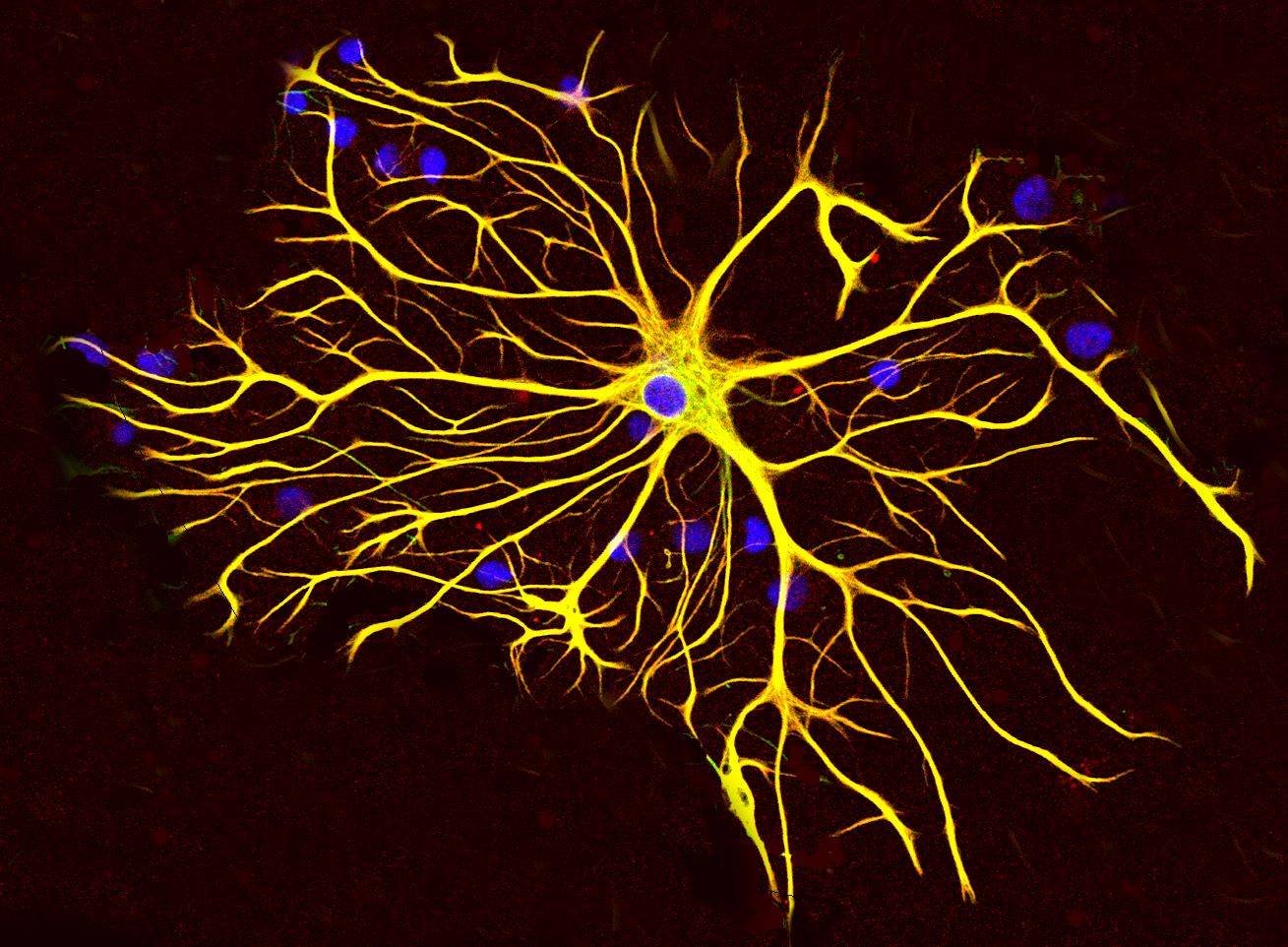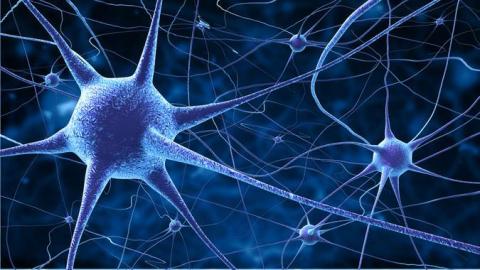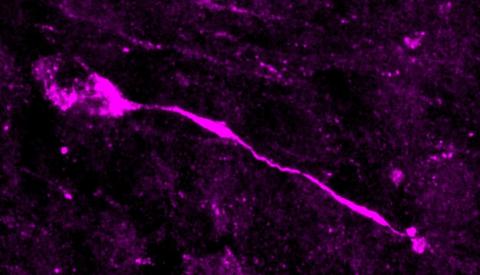Astrocytes, like neurons, would also store memories
Until now, memories have been explained by the activity of neurons that respond to learning events and control recall. A study published in Nature changes this theory by showing that non-neuronal cells in the brain called astrocytes - star-shaped cells - also store memories and work in concert with clusters of connected neurons called engrams to regulate the storage and retrieval of memories.

Julián Benito - astrocitos
Julián Benito León
Neurologist at the Department of Neurology of the Hospital Universitario 12 de Octubre and professor at the Department of Medicine of the Universidad Complutense de Madrid
This study, published in Nature by the Baylor College of Medicine research team, challenges the traditional theory that only neurons, via engrams, are involved in memory formation and retrieval. The authors present evidence that astrocytes, non-neuronal glial cells, also participate in this process, working in concert with neurons to store and retrieve memories. The press release accurately reflects the key points of the study, highlighting this paradigm shift in the neuroscience of memory.
In terms of the quality of the study, it appears to be supported by a rigorous design and advanced methods for assessing the activity and role of astrocytes. However, it is important to consider confounding factors and limitations inherent to the experimental model. This discovery opens up a promising field in the study of memory mechanisms and suggests potential applications in the treatment of memory disorders.
- Research article
- Peer reviewed



